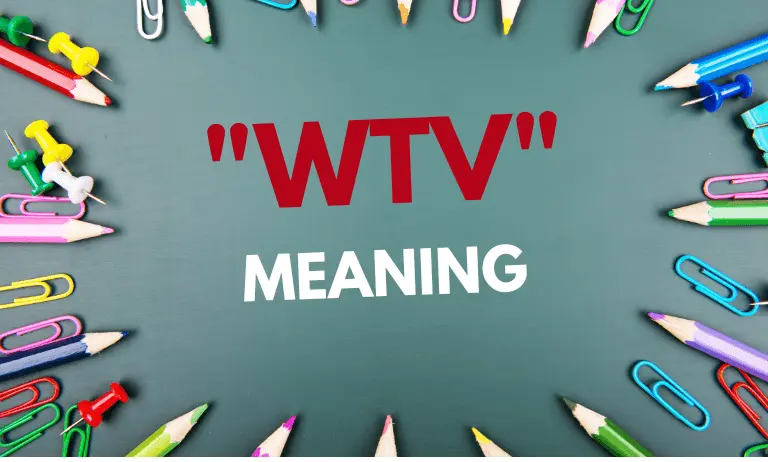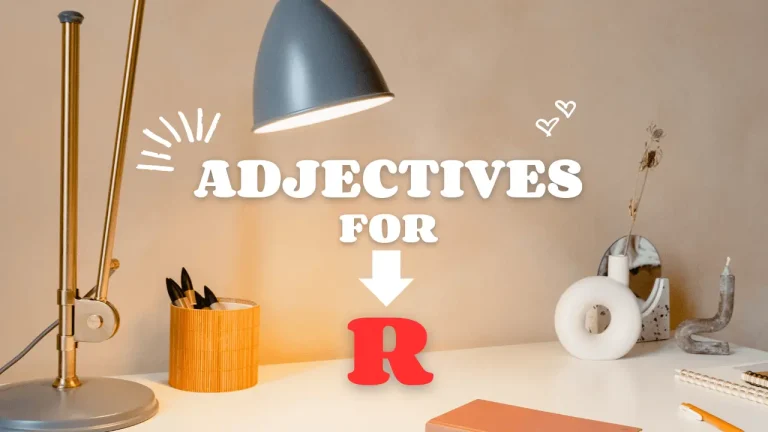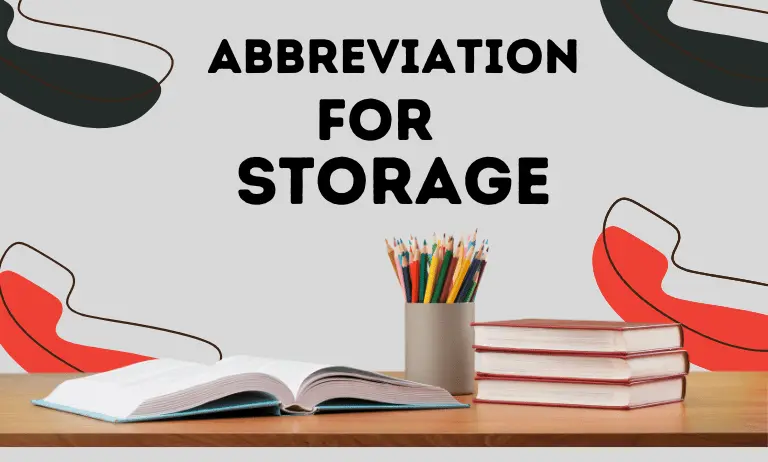Present Perfect Continuous Tense & How to Use With Example

Present Perfect Continuous / progressive Tense With Detail Explanation,
You’re standing at the linguistic crossroads where the past, the present, and the ongoing action intertwine in a dance of words. The present perfect continuous / progressive tense is like the maestro orchestrating this linguistic symphony, capturing the essence of duration, continuity, and relevance all in one delightful linguistic ballet. It’s the storyteller that paints a vivid canvas of activities that started in the past, continue into the present, and who knows, might just extend into the future.
However, in this article, the meaning, definition, formula, structure and uses will be explained along with examples to help you understand better.
What is the Present Perfect Continuous / progressive Tense?
Present perfect continuous /progressive tense used to represent an action that began in the recent past and is still continuing.
Note: In this tense, we use helping verbs (has been, have been), usually use 1st form verbs with ing, and since/for.
- Has been: We use it with singular subject (He, She, It, singular name).
- Have been: We use it with plural subject (I, They, You, We, plural name).
- Since: We use it, if we know the exact time.
- For: We use it, if we don’t know the exact time.
Use in Sentence:
Sub-categories of Sentences
The Present Perfect Continuous/progressive Tense has been divided into 4 subcategories of sentences.
Now, let’s start to discuss these subcategories of sentences.
1. Assertive / Simple Sentence
Assertive / simple sentence contains at least one subject, form of verb, and object. On the other hand, we can say that those sentences which start with a subject are called simple or assertive sentences.
Note: This kind of sentence, we usually use helping verbs (has been, have been), 1st form of verb with ing.
- Has been: We use it with singular subject (He, She, It, singular name).
- Have been: We use it with a plural subject (I, They, You, We, plural name).
- Since: We use it, if we know the exact time.
- For: We use it, if we don’t know the exact time.
Use in Sentence:
2. Negative Sentence
Those sentences in which we use “not” or in which we do to refuse about something, these sentences are said to be negative sentences. Also, to make negative sentences, we use “not” before the verb.
Note: In this kind of sentence, we use Helping Verb (has not been, have not been) + 1st form of verb with ing.
- Has not been: We use it with singular subject (He, She, It, singular name).
- Have not been: We use it with a plural subject (I, They, You, We, plural name).
- Since: We use it, if we know the exact time.
- For: We use it, if we don’t know the exact time.
Use in Sentence:
3. Interrogative Sentence
Those sentences in which you ask something from people, friends, relatives, and even anybody or do ask a question to someone, so these sentences are said to be interrogative sentences. Also, to make interrogative sentences, we use helping verbs (has, have) at the beginning of the sentence.
Note: In this kind of sentence, we use helping verbs (has, have) at the beginning of sentence, subject, been, 1st form verbs with ing, and question mark (?) at the end of the sentence.
- Has: We use it with singular subject (He, She, It, singular name).
- Have: We use it with a plural subject (I, They, You, We, plural name).
- Since: We use it, if we know the exact time.
- For: We use it, if we don’t know the exact time.
Use in Sentence:
4. Interrogative & Negative Sentence
Those sentences in which we ask questions with not or refuse from anyone, these sentences are called interrogative & negative sentences. Also, to make negative & interrogative sentence, we use helping verbs (has, have) at the beginning of sentence, subject, (not) before been, 1st form verbs with ing, and question mark (?) at the end of the sentence.
Note: In this kind of sentence, we use helping verbs (has, have) at the beginning of sentence, subject, not, been, 1st form verbs with ing, and question mark (?).
- Has: We use it with singular subject (He, She, It, singular name).
- Have: We use it with a plural subject (I, They, You, We, plural name).
- Since: We use it, if we know the exact time.
- For: We use it, if we don’t know the exact time.
Use in Sentence:
Structure of Sub-categories of Sentences
Also, take a look at the following table to understand how the general format in which the present indefinite tense behaves in the assertive / simple, negative, interrogative, and Interrogative & Negative format.
| Name of Tense | Making Sentence Rule | Example Sentence |
|---|---|---|
| Assertive / Simple Sentence | Subject + Helping verb (has been, have been) +1st form of verb + ing + object + since / for + time. | The guard has been guarding since 11 O’ clock at night. |
| Negative Sentence | Subject + Helping Verb(has not been, have not been) + 1st form of verb + ing + object + since / for + time. | She has not been drying the clothes for 5 minutes. |
| Interrogative Sentence | Helping Verb (has, have) +Subject + been + 1st form of verb + ing + object + since / for + time? | Have you been complaining of indigestion for a few days? |
| Interrogative & Negative Sentence | Helping verb (has, have) + Subject +not + 1st form of verb + ing + object + since / for + time? | Have the children not been playing hide and seek since evening? |
Uses of Present Perfect Continuous / progressive Tense
This’s that reason or place where this kind of present tense is used:
- To express an action which began some time ago in the past and which is still continuing. For Example: 1. I have been writing to you since this morning. 2. They have been living here for the last 2 years.
FAQs
Conclusion
In wrapping up the captivating journey through the Present Perfect Continuous tense, we find ourselves in a realm where actions unfold with a nuanced sense of time. This dynamic tense not only connects the past to the present but adds a layer of ongoing commitment or duration. It’s like a storyteller weaving a tale where the threads of actions are still intermingling with the present moment.
Also, if you’ve faced any problem while reading this article, you can discuss it with us through the comments below. We’ll try our best to solve your problem in a short interval of time, so that you may understand them better. Also, thanks a lot from the depth of the heart for reading this article.






